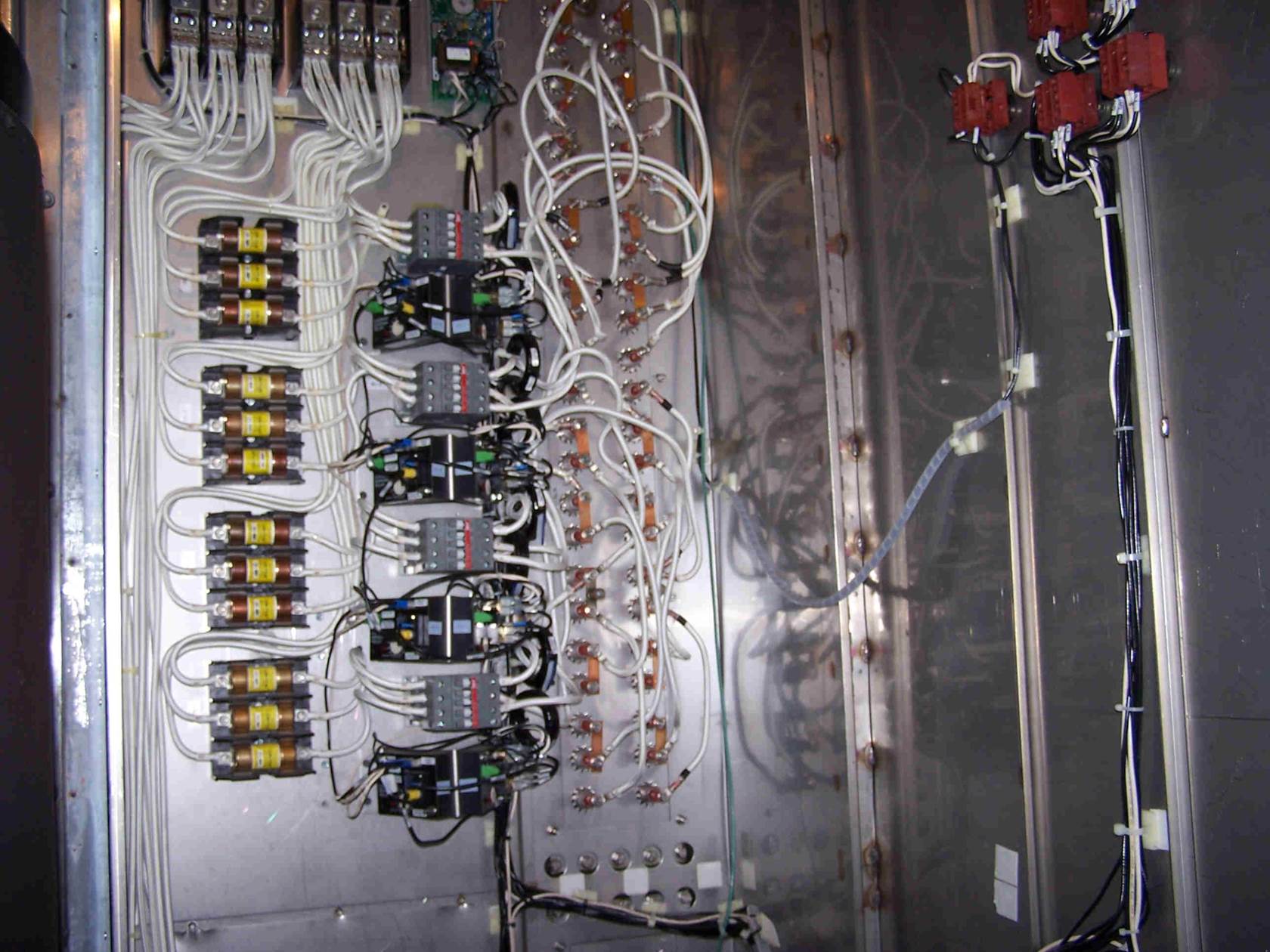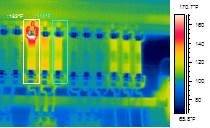In electrical system, components get hot before they fail. An infrared inspection can help identify “hot spots” in electrical equipment. Poor connections, overloaded circuits, load imbalances, and faulty, mismatched or improperly installed components can create resistance which leads to increased heating and eventual failure.
Conditions that can be detected:
- Open or short circuits
- Loose or deteriorated connections
- Overloaded / Imbalanced circuits
- Defective or improperly installed parts
Applications:
Substations • Transformers • Capacitors • Lightning Arrestors • Circuit Breakers • Load Centers • Motor Control Centers • Relays • Disconnect Switches • Batteries • Motor Starters • Panel Boards • Circuit Boards • Uninterruptible Power Supplies • Generators
Infrared Predictive Maintenance Explained
Infrared thermography is used to perform thermal inspections on electrical equipment because excess resistance on electrical apparatus indicates electrical faults such as loose connections, overloaded or imbalanced circuits, faulty breakers, damaged switches, faulty fuses and a wide range of other unwanted electrical conditions.
Before an electrical component burns up, it heats up. Thermography is used to see the excess heat (resistance) so that problems can be found and maintenance personnel can act to correct the problem before the component fails, causing damage to the component, safety.
Conditions that can be detected:
Inductive heating, open or short circuits, loose or deteriorated connections, overloaded & imbalanced circuits, defective or improperly installed parts.















